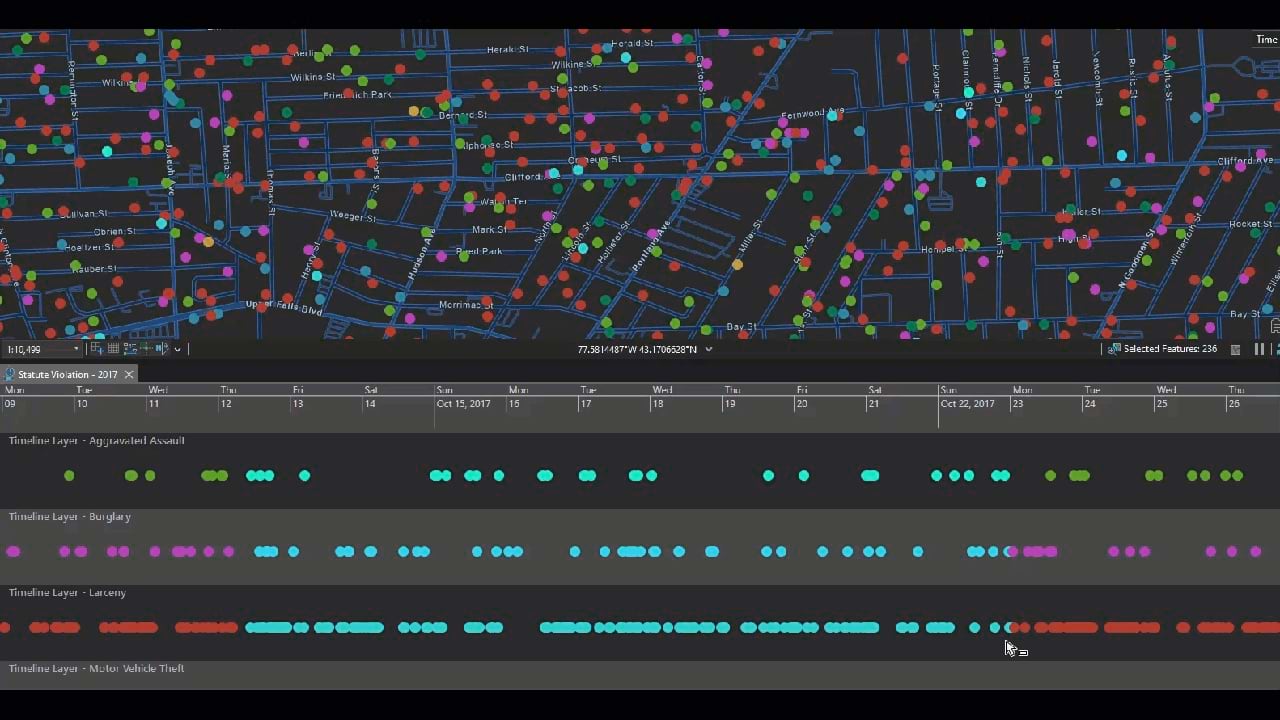Coming March 2023: Explore All Sources of Information with ArcGIS AllSource
ArcGIS AllSource is the next generation of intelligence analysis software for intelligence professionals releasing in March. ArcGIS AllSource is the evolution of ArcGIS Pro Intelligence providing an application with increased focus on the workflows and duties of the intelligence analyst.
ArcGIS AllSource is built for the intelligence analyst with minimum GIS experience. This new product provides an intuitive display making it easier for analysts to integrate a variety of data from many sources to conduct multidimensional visualization, advanced analysis, and intelligence production seamlessly in one desktop environment

Analysts working in the military, for civilian intelligence agencies, in law enforcement, and in the private sector can use focused tools that support many mission sets. This includes threat assessment, link analysis, investigative support, imagery exploitation, and location analysis. These tools uncover patterns, trends, and relationships to inform decision-making. They help analysts to rapidly find, fuse, visualize, and act on large amounts of data and intelligence quickly to uncover relationships . They aid in generating timely, relevant, and accurate insights for decision makers to identify, disrupt, and overcome threats.
ArcGIS AllSource scales to meet your mission whether you need to understand pattern of life (PoL), conduct movement analysis, or provide investigative support . ArcGIS AllSource is interoperable and extensible, supporting your data integration strategy across multiple domains, in connected, disconnected, and air-gapped networks.
Get Started
ArcGIS AllSource will be introduced at Esri Federal GIS Conference where you can learn more about the product, participate in workshops, user studies and connect with the product team at technical development workshops and in the ArcGIS Product Teams showcase.
For more information and to stay up-to-date on the latest offering, visit the ArcGIS AllSource web page .

Article Discussion: